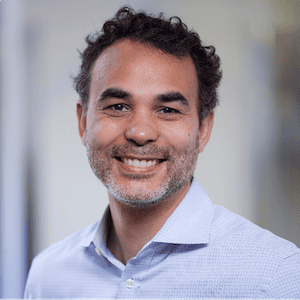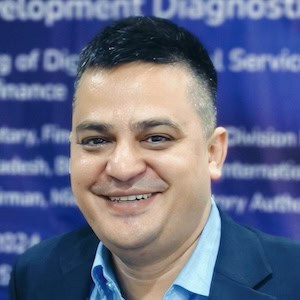-
Mobile Data Has the Answers, But First, We Need to Ask the Right Questions
I’ve realized that when guiding social enterprises, nonprofits and international NGOs to begin using data, it’s helpful to focus on a key, sometimes obvious point: data has to actually answer a critical business or programmatic question. Mobile data collection for the sake of collecting data isn’t enough.
- Categories
- Energy, Impact Assessment, Social Enterprise, Technology
- Tags
- research
-
Graduating Out of Extreme Poverty in Haiti … Permanently
Six years ago, microlending firm Fonkoze launched Chemin Lavi Mio, or the "pathway to a better life," pilot program. CLM is designed to move women and their families out of extreme poverty – permanently. It provides support over the course of 18 months through a carefully tailored package of asset transfers, improved housing and sanitation, water filters and, importantly, weekly visits that provide mentoring and guidance. Anton Simanowitz returns to Haiti to check on the poverty "graduation" effort as it looks to scale.
- Categories
- Impact Assessment
-
Small Farmers Meet Big Data: How the data revolution could transform smallholder finance
The enormous gap between the supply and demand of formal credit for smallholder farmers has been well documented. Among the varied causes of this mismatch is the extreme lack of information on potential borrowers that’s available to lenders. Two recent data-focused innovations, however, could dramatically reduce these information challenges and the associated lending risks, which could help open up pools of capital for previously underserved populations.
- Categories
- Agriculture
-
NexThought Monday – What Uber and Airbnb Can Teach Us About Global Development
The sharing economy isn't built on apps or smartphones. Its foundation is something far less high tech: paper. Specifically, legal papers related to property such as deeds, titles, leases and the institutions that uphold them. But those documents, and the rights that go with them, are far too scarce for the poor. How some countries are transforming their property rights and land tenure systems, and why the development community should take notice.
- Categories
- Uncategorized
-
Weekly Roundup: Obama Chases Bush’s Africa Legacy, Kenya’s Diaspora Leadership and Gray Ghost’s $60M Fund
It’s incongruous to many that the son of a Kenyan is widely perceived to have done less to help Africa than a predecessor best known for putting the U.S. in a bad war and a bad light in so many other places around the globe. Could the President’s Malaria Initiative help change those perceptions?
- Categories
- Health Care
-
Mapping the Path to Full Financial Inclusion
When attempting to solve a complex development challenge, we often jump from creating ambitious goals to making plans, without first identifying who we need to reach with our goals, where those people reside, and what challenge and opportunities they face. That’s why one of the underappreciated keys to meeting a development goal is to draw a map - and why maps provide the theme for this year's State of the Microcredit Summit Campaign Report: Mapping Pathways out of Poverty.
- Categories
- Finance
-
From Planning to Execution: Using Value Chain Approach to Lending to Smallholder Farmers and Agribusiness
Lack of financial data about agribusinesses and smallholder farmers makes it even more difficult to adopt conventional methods of credit assessment. Most plain vanilla financial products are ill-suited to the cash flow requirements of an agribusiness, which is often cyclical in nature. But where most financial institutions see a challenge, we at Samunnati saw an opportunity in lending to smallholder farmers and agribusinesses.
- Categories
- Agriculture
-
Big Data isn’t Enough: We Need an ‘All of the Above’ Strategy to Drive Innovation in Financial Inclusion
Researchers love talking about their data and methods as a “toolbox,” and with the rise of big data, they’ve got a fancy new tool. However, the reason for carrying a toolbox is that there are very few projects where just one tool, no matter how powerful, is sufficient to get the job done. It’s necessary to recognize the weaknesses of big data as well as its strengths, and to think about what other types of data are needed to complement it.
- Categories
- Technology










